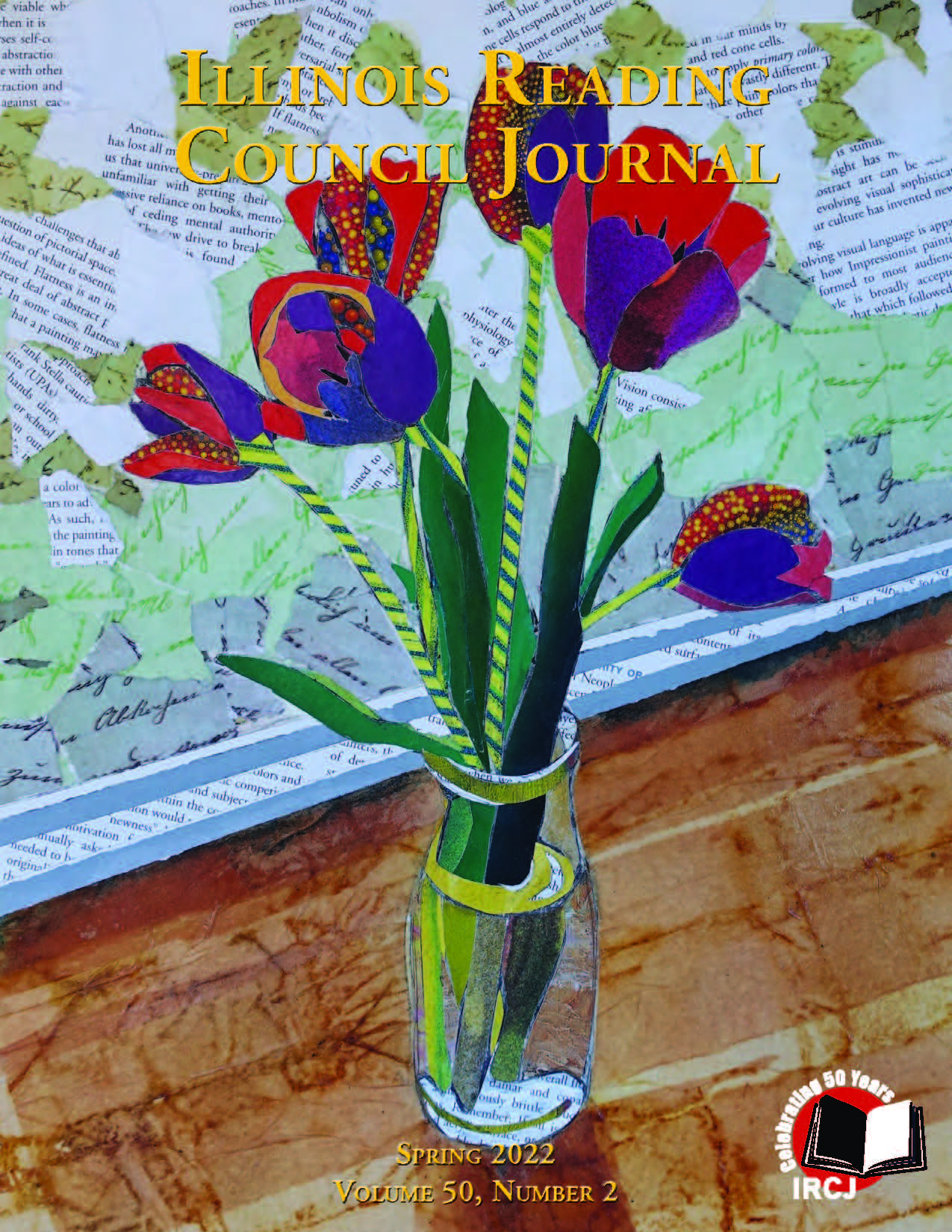 |
Authors, Books, and Beyond: Everyday Narratives of Kids of Color
By Christie Angleton
Document: Column
Introductory Paragraph: In a 2016 article from Slate, journalist Rumaan Alam considered his Black son’s book collection. The focus of the piece is Ezra Jack Keats’s 1962 classic, The Snowy Day, and the storyline that follows Peter—the Black boy protagonist of the text—as he spends the day “doing nothing much in particular, a day that concludes with a bath and a bed, a day in which the line between real and imagined is hard to discern.” This, argues Alam, is the magic of The Snowy Day. It is the story of an ordinary day lived by an ordinary kid, and that kid happens to be Black.
Many voices (see Godfrey, 2020; Lee & Low Books, 2021; May, n.d.) have echoed Alam’s (2016), lamenting the lack of diverse literature for children that positions kids as, well, kids. As Alam noted in his Slate piece, picturebook biographies of Black leaders, musicians, artists, and others are welcome additions to home and classroom libraries as are nonfiction texts that offer historical accounts of people of color in days gone by. But what children need even more is to see themselves as kids—not only as characters having to overcome obstacles and oppressions but as children moving through the world with imagination and joy, with plot points that more closely mirror their own lived experiences. As Rudine Sims Bishop (1989) has been advocating for decades, children—and especially children of color—need to see themselves in stories that are familiar, that resonate with their cultural and familial experiences, and that ensure they feel seen. The Cooperative Children’s Book Center has demonstrated this through their infographics about children’s publishing trends (see its website, ccbc.education.wisc.edu, for more information): white children disproportionately see themselves in all manner of stories—from histories to narratives of the everyday. Alam’s (2016) piece, as well as the myriad blog posts and other sources that followed, highlights that all children need to see themselves in stories in which they are just being themselves, and children of color need this in particular. They need Bishop’s (1989) concept of books as mirrors that show them spending time with parents, navigating friendships, taking care of pets, squabbling with siblings, and all the other stuff kids do every day. Six years after Alam’s (2016) piece, it is clear the children’s book industry still has a great deal of work to do.
DOI: https://doi.org/10.33600/IRCJ.50.2.2022.72
Page Numbers: 72-75
|


